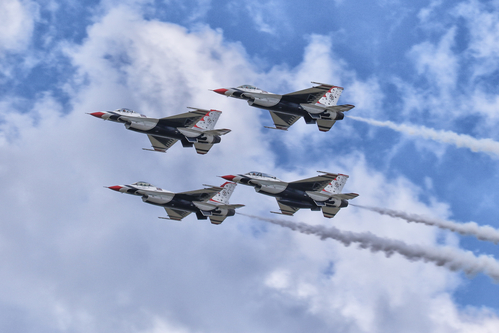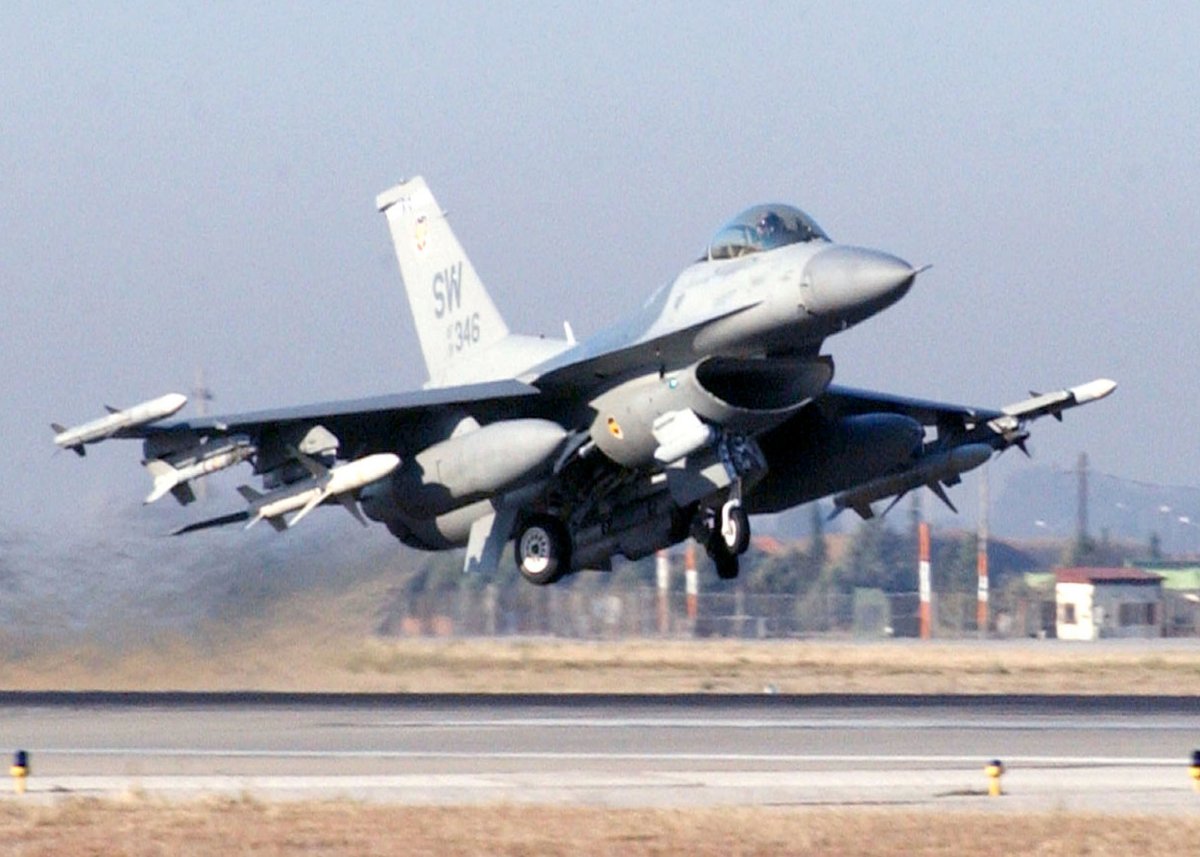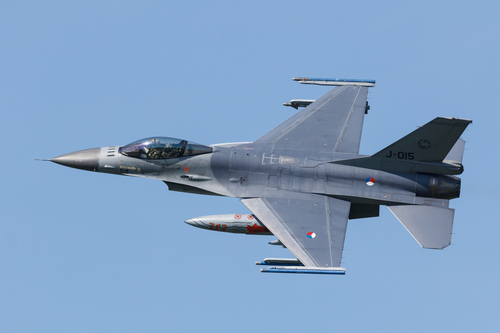
The F-16 Fighting Falcon, affectionately known as the “Viper” among pilots and enthusiasts, continues to be a formidable force in the realm of aerial combat. As the aircraft marks its remarkable half-century milestone, the legacy and future of the F-16 remain as dynamic and potent as ever.

At the core of its enduring presence is the F-16’s versatility, agility, and cost-effectiveness. This fourth-generation multirole fighter jet, capable of reaching over 1,500 miles per hour and operating at altitudes up to 50,000 feet, has proven its mettle in both air-to-air combat and air-to-ground missions.

With over 4,500 units delivered globally, its contributions to major conflicts over the past fifty years have been monumental.

Lockheed Martin, the manufacturer behind this powerhouse, continues to innovate, creating the advanced Block 70/72 Viper variant.

The Viper boasts an active electronically scanned array (AESA) radar from Northrop Grumman, which elevates its capabilities to parallel fifth-generation fighters. This advanced radar improves the aircraft’s situational awareness and facilitates all-weather targeting, making the Viper a fearsome adversary in modern warfare.

This modernization echoes the F-16’s historical evolution, where its international production consortium set a precedent for collaborative defense programs. A lineage that influenced the development of the F-35 Lightning II, highlighting the value of interoperability and technology sharing.

The F-16 Viper variant’s AESA radar is particularly notable. “The radar greatly improves the aircraft’s situational awareness and allows for quicker, more efficient all-weather targeting and data-sharing with other aircraft,” underscoring the Viper’s advanced combat capabilities.

Looking at the production efforts, Lockheed Martin is scaling up to meet the growing demand.

The aim is to reach a production rate of four F-16s per month by the end of 2025. OJ Sanchez, vice president of Lockheed’s F-16 and F-22 programs, stated, “We’re working our way through that initial portion of the ramp this year and then we’ll continue to increase that up to four-per-month deliveries by the end of 2025.” This push is vital, especially given the $19 billion backlog in foreign military sales to allies like Taiwan.

As the F-16 approaches its half-century, its agility, powerful ‘bite,’ and impressive combat record are a testament to its lasting influence on aerial warfare. The jet remains at the forefront of global air arms, with recent deliveries to the Slovak Air Force and a buoyant market for second-hand Vipers, including nations like Chile, Romania, and Ukraine.

The F-16 continues to evolve, with variants and upgrades that have expanded its capabilities and mission profiles. From its use in close air support roles to the development of advanced training programs in Europe, the F-16’s versatility ensures its continued relevance in modern conflict scenarios.

In combat, the F-16 has proven its worth time and again, participating in every major conflict of the past fifty years. Its performance during the surprise defense of the homeland after the terrorist attacks of September 11, 2001, remains a stark reminder of the aircraft’s readiness and capability.

Lockheed’s initiative to set up a European F-16 Training Center in Romania signifies the aircraft’s role in shaping the future of air forces around the world.

The training center is poised to be a crucial hub for pilot training, potentially including Ukrainian pilots as they prepare to integrate the Viper into their own defense forces.

The F-16’s legacy extends beyond its combat achievements, as it plays a critical role in the training of the next generation of pilots. As nations modernize their fleets and adopt the latest F-16 variants, the Fighting Falcon’s heritage continues to influence the evolution of military aviation, reaffirming its status as a global powerhouse in modern aerial warfare.
Relevant articles:
– With the “Viper,” America’s F-16 Fighting Falcon Keeps Getting Better, The National Interest
– Viper at 50, aerosociety.com
– Lockheed aims to hit F-16 production goal by end of 2025, Defense One
– How the F-16 changed air warfare forever, Sandboxx
